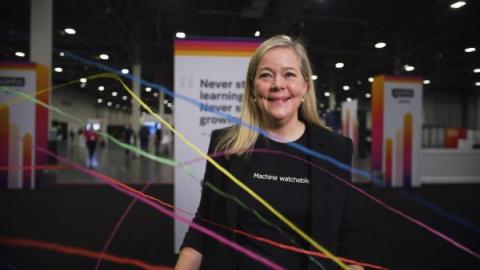Centralized Logging & Centralized Log Management (CLM)
Centralized logging provides visibility into the system by consolidating all the log data in a single all-in-one source. It supports two particular enterprise needs: Once all the data is ingested in a central location, you can seamlessly identify the problems in systems and troubleshoot them. But with ease comes challenges, too. For example, your team members may struggle with locating their desired details from this sea of data.







